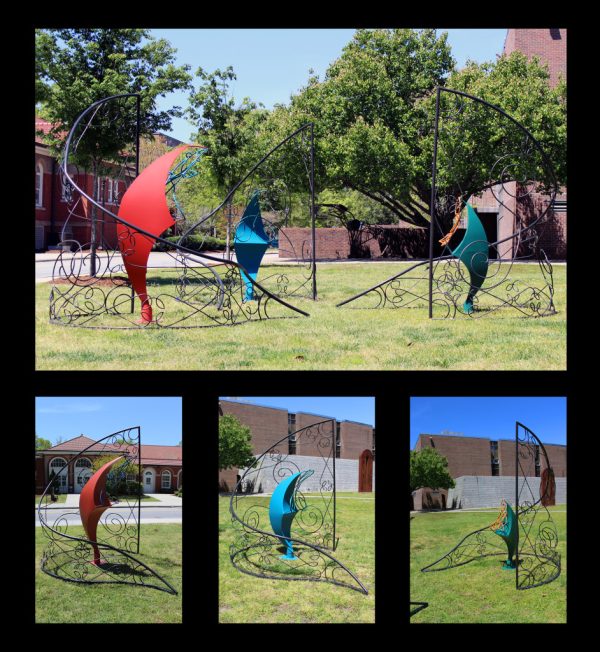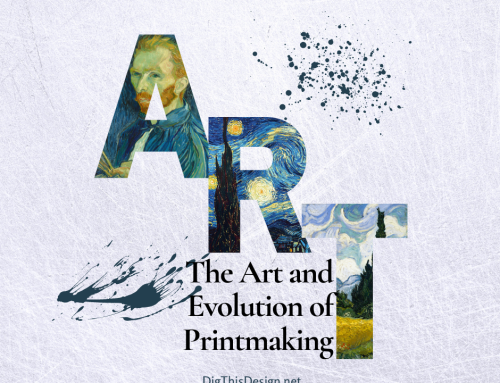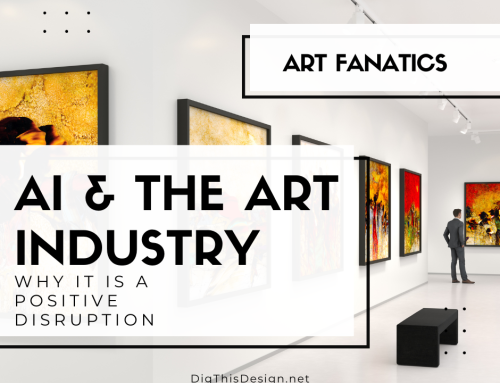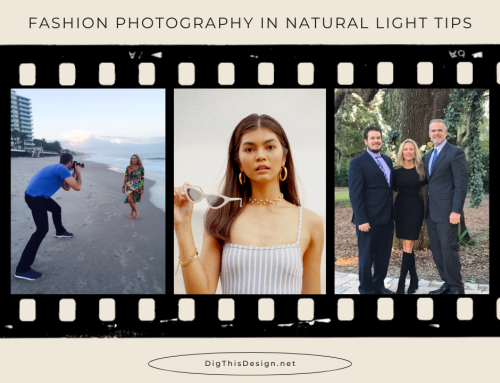Art is An Expression of Self
Our homeland is innately planted in all of us and as artists of any medium, it comes out in our work. I am always drawn to art inspired by far away places, as it causes me to think and isn’t that what art should do?
I was recently introduced by a mutual friend to one such artist, Aisling Millar. Aisling, born in Dublin, Ireland brings the flavor of her homeland, to her art. Like most artist, she knows no boundaries when it comes to choosing a single medium. Because her portfolio is vast I am going to do a series of posts with Aisling. Today’s post is an in-depth interview of two outdoor sculptures, what inspired her and what message she wants her art to say.
Outdoor Sculptures

Interwoven
I love the intricacy with this sculpture you’ve titled the INTERWOVEN, what inspired you to create it?
AM: The forms are inspired by the standing stones and the Gothic archways found throughout Ireland. The iconography displayed on each form is reminiscent of a different period development in Celtic Interlace Knotwork. The smaller form portrays the same spiral and lozenge shaps found carved into the frontal kerb stone at the Newgrange site.
The medium form displays Celtic knotwork that is frequently displayed in the Illuminated Manuscripts such as the Book of Kells. The largest of the forms contains many forms of more contemporary knotwork that’s used frequently in both tourist and commercial applications of Celtic Iconography. The three styles of Irish visual culture range in scale to represent their influence on the world.

Here, There, and the Spaces Between
Currently on display at East Carolina University, in Greenville, NC.
This one has a playfulness to it, can you tell me if that was your intention?
AM: Here, There, and the Spaces Between is a representation of my cultural influences and their interconnected relationships. It discusses the placement of myself within the surrounding society and the walls that are created by cultural displacement. The work is comprised of six individual elements, three curved solid forms that present an icon to the viewers and three interwoven circular walls that display a framework of Interlace Knotwork. To gain a comprehensive understanding of this work, it should be observed as individual forms, as the interaction between forms, and as a single complex whole. Viewers are also encouraged to walk throughout the work so that they may experience it from both the outside of the surrounding walls and from within.
The three solid curved forms are inspired by the cusped ogee windows, gothic archways, and the standing stones that are scattered around the Irish landscape. The size of each form varies to represents a different period of my cultural development. Each period is marked by an icon created in the style of an interwoven knotwork that is placed on the top of the corresponding form. The shortest form presents an interlace knot that is similar to the traditional knotwork found throughout Irish visual culture. Both the compressed height of the work and the traditional knot personifies the culture of my youth, a culture that was presented to me from birth through my heritage. The intermediate form displays an interwoven shamrock. The shamrock represents many things in Irish culture. Here it is used in reference to the logo of Aer Lingus – the national airline carrier of Ireland. It represents travel between my two cultures, Ireland and the United States, a connection to home, and the hybrid culture that is created by combining them. The tallest form exhibits a filigree star that encompasses a person of my height, 5ft 4 inches. This star represents the United States and the growth of this culture within me.
The color of each form assists in the viewer in discovering the forms symbolic purpose. The smallest form displays the two dominate colors of the Irish Flag, green for the republic of Ireland and orange for Northern Ireland. The largest form presents the two most recognized colors of the flag of the United States of America, red and blue. The intermediate form presents two colors, blue and green, a color from each of the other two forms showing the connection between these two cultures. These colors are also symbolic of travel between the two countries. The green of the shamrock represents the green tail logo of Aer Lingus flying over the solid blue ocean.
Each form is surrounded by a see-through curved wall that decreases in elevation from right to left. These walls consist of a large triskele symbol surrounded by a framework of Interlace Knotwork. They add a physical barrier to the viewer while allowing them to see through the open voids to examine the forms and their meaning that lies within. The triskele symbol is mirrored again in the arrangement of the sculptures footprint. This triskele, an ancient symbol carved on Neolithic stones that consists of three conjoined concentric spirals, defines the foundation of my Irish heritage while providing three separate but interconnected aspects of my cultural development. Each of the three walls spirals out from the center at equal distance and interval, to affirm their equal significance.
These walls separate the interior forms from the surrounding society. The audience must decide if they wish to remain on the outside of the work or if they wish to enter the work and experience it from a different perspective. They are invited to enter the sculpture through the space created between the shortest and largest forms, explore the work from the interior, and experience the different aspects coming together to create the unified whole. Upon entering, the viewer is guided to the right were they are presented with the shortest form, symbolic of my Irish beginnings, followed by the intermediate form, and lastly the largest that displays the culture of the United States. As the audience travels around the piece they experience each period of cultural development as an individual complex interaction between the nestled form and its encompassing biographical wall. From a single vantage point at the center of the triskele, each period of cultural development can be equally viewed and experienced.
The work is created to give the audience control over whether they stay and view the work from the exterior, or if they enter the space to explore the complex relationships that are present within the interior.
Aisling Millar is currently an Adjunct Professor at the University of North Florida, in Jacksonville. If you enjoyed my interview with Aisling please check back as I continue to interview her on all her other mediums and visit her website at aislingmillar.com, to view her portfolio.
Other posts you might be interested in:
Stickwork Garden Sculptures, by Artist Patrick Doughterty on Exhibit at McKee Botanical Garden
Out of the Box Art from Miami Art Week 2015
How Allison Eden Studios Creates Daring Mosaic Art Interiors with Tile
Art Competition in Northwood Village – Canvas Local Showdown





